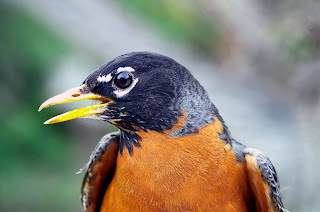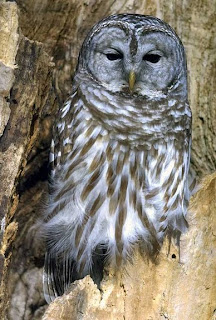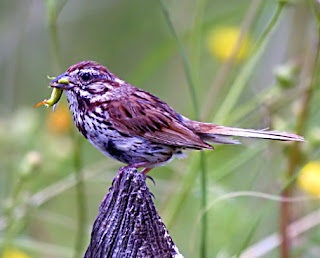Races
Wide ranging species often range over different environmental conditions and adapt to them, creating differences in morphologies. If they are significantly different (i.e., if you can tell where a populations of animals came from), they are considered to be a race or subspecies. Subspecies are separated only geographically, not reproductively. They are given taxonomic stature in a trinomial, for example:
Turdus migratorius migratorius is the race of robin found across most of eastern North America, including eastern South Dakota. T. m. propinquus, on the other hand, is sightly smaller without white tail spots and found in Western US.
Mostly differences are too small to be treated by anyone but professional taxonomists, but, problems do arise to upset even the most casual birdwatcher, prompting even letters to the editors, like when the Baltimore and Bullock's Orioles were lumped together as the Northern Oriole. (Note, however, that recent evidence suggests that there is only very limited hybridization between these populations, and in 1996, the two were resplit.)
Why is there more than one species of bird?
Turdus migratorius migratorius is the race of robin found across most of eastern North America, including eastern South Dakota. T. m. propinquus, on the other hand, is sightly smaller without white tail spots and found in Western US.
Mostly differences are too small to be treated by anyone but professional taxonomists, but, problems do arise to upset even the most casual birdwatcher, prompting even letters to the editors, like when the Baltimore and Bullock's Orioles were lumped together as the Northern Oriole. (Note, however, that recent evidence suggests that there is only very limited hybridization between these populations, and in 1996, the two were resplit.)
Why is there more than one species of bird?
American Robin




Comments
Post a Comment